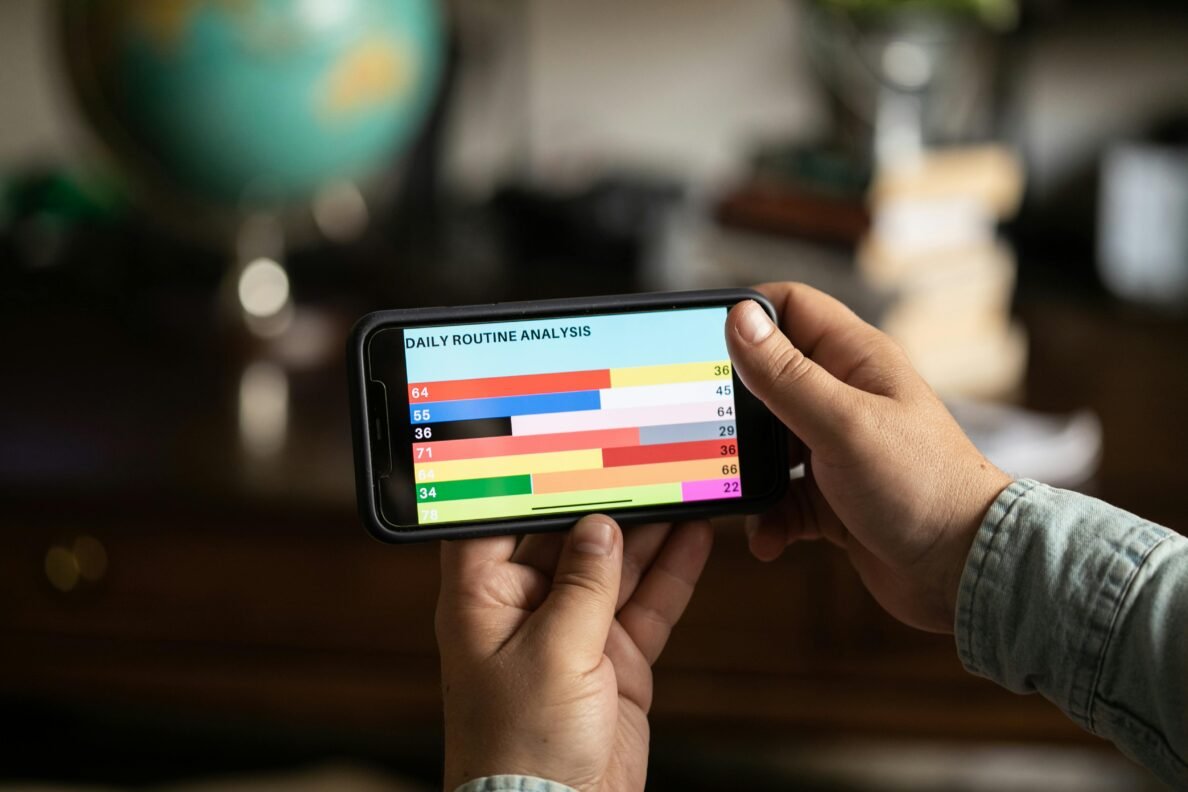7 Powerful Ways Social Media Analytics Can Transform Your Strategy

Social media has become an integral part of our daily lives, and for brands and businesses, it’s a vital space for reaching and engaging with their target audience. But with so much noise out there, how do you ensure your message gets across and, more importantly, resonates? The answer lies in understanding social media analytics. These powerful tools can help you see beyond the surface metrics of likes and follows and provide insights that can reshape your strategy and supercharge your engagement.
At its core, social media analytics is about people. Behind every click, like, and comment is a real person sending signals about their preferences and interests. In this guide, we’ll explore seven ways social media analytics can transform your online strategy and give you the edge to stand out in the crowded digital space.
What is Social Media Analytics and Why Is It Essential?
Social media analytics is the practice of collecting, analyzing, and interpreting data from social platforms like Facebook, Instagram, Twitter, and LinkedIn. It’s not just about counting likes or shares; it’s about understanding how your audience interacts with your content, what they care about, and how you can tailor your strategy to meet their needs.
This data helps brands answer key questions: What type of content resonates with your audience? When is the best time to post? How are your competitors performing? These insights lead to smarter decision-making, helping you refine your strategy to achieve better results.

Key Social Media Analytics Metrics You Should Be Tracking
Not all metrics are created equal. To get the most out of social media analytics, focus on these essential indicators:
- Engagement Rate: This metric measures how actively your audience interacts with your content—likes, shares, comments, and mentions. It tells you whether your content resonates with your audience or not.
- Reach and Impressions: Reach refers to the number of unique users who have seen your content, while impressions measure the total number of times your post was displayed, regardless of whether it was clicked.
- Conversion Rate: One of the most important metrics, this shows the percentage of people who take a desired action—whether it’s signing up for a newsletter, making a purchase, or downloading an app—after engaging with your post.
Refining Your Strategy Based on Data Insights
Data is only valuable if you know how to act on it. Social media analytics helps you fine-tune your approach by showing you what’s working and what’s not. For example, if you notice that videos consistently get more engagement than images, you might consider investing more in video content.
Let’s say you post regularly but aren’t seeing much growth. Analytics may show that your posting times are off—perhaps your audience is more active in the evening, while you’re posting in the afternoon. Adjusting based on these insights can lead to immediate improvement in reach and engagement.

Using Social Media Analytics for Audience Segmentation
One of the most powerful features of social media analytics is its ability to reveal details about your audience. Analytics platforms like Facebook Insights or Twitter Analytics allow you to segment your audience based on demographics such as age, location, and interests.
This enables you to create more personalized content that speaks directly to different audience segments. For instance, you might find that your younger followers engage more with interactive stories, while an older demographic prefers detailed articles. Tailoring your strategy based on these insights will increase the relevance of your content and boost engagement.
Top Tools for Social Media Analytics
While understanding the metrics is essential, it’s equally important to have the right tools at your disposal. Here are some of the most popular social media analytics tools:
- Facebook Insights: Offers an in-depth look at your followers’ demographics and engagement with your content.
- Instagram Insights: Tracks follower growth, engagement, and the performance of individual posts.
- Google Analytics: A broader tool that integrates social media data to show how it drives traffic to your website.
Having these tools in your toolkit will streamline the analytics process, making it easier for you to track, analyze, and refine your strategy.
Boosting Engagement with Data-Driven Insights
Engagement is the heartbeat of social media success. But it’s not enough to post content—you need to create meaningful interactions. With the help of social media analytics, you can determine which types of content get the most likes, shares, and comments.
For example, analytics might show that posts featuring customer testimonials or behind-the-scenes videos receive higher engagement. By focusing on this type of content, you can increase interaction rates and build a stronger relationship with your audience.
Looking to take control of your finances? Check out my latest newsletter on 7 Powerful Online Tools for Personal Finance Management You Can Start Using Today for practical tips to help you manage your money effectively.
Tracking Competitor Performance
Social media isn’t just about monitoring your own progress; it’s about understanding where you stand in the competitive landscape. Social media analytics can help you track your competitors’ performance, allowing you to see what strategies they’re using to attract followers and drive engagement.
Use tools like Hootsuite or BuzzSumo to compare your metrics against those of your competitors. If they’re seeing success with a certain type of post, experiment with something similar and see how your audience responds. Explore competitive analysis tools for social media to stay ahead of the game.
Turning Social Media Analytics Into Actionable Steps
Data by itself doesn’t lead to success—it’s what you do with the insights that counts. Use social media analytics to test different content formats, experiment with posting times, and even trial different call-to-actions (CTAs) to see what resonates most with your audience.
For instance, analytics might show that your posts perform better when you ask a question in the caption. By incorporating these insights into your content strategy, you can continuously refine your approach, making data-driven decisions that lead to real results.

The Human Side of Social Media Analytics
In the end, social media analytics isn’t just about crunching numbers. It’s about understanding the people behind the data—their preferences, behaviors, and needs. By paying close attention to the insights your audience provides, you can develop a more engaging, tailored, and effective strategy that not only increases your reach but fosters deeper relationships with your followers.
Are you ready to unlock the power of social media analytics to drive real growth for your brand? Start analyzing, optimizing, and watch your social media strategy soar.












